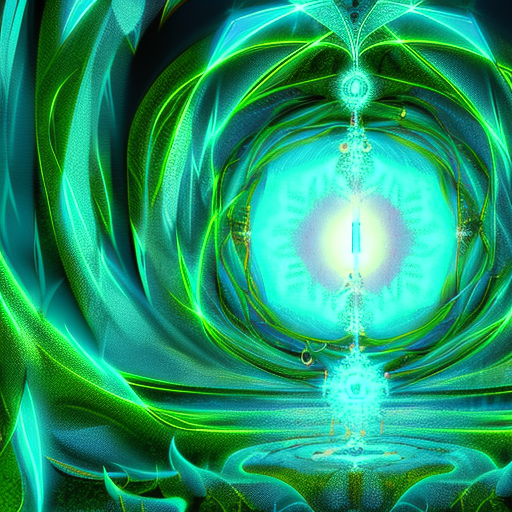One-line summary:
In Dan Brown’s “Origin,” Harvard professor Robert Langdon finds himself entangled in a thrilling quest to uncover the answers to two fundamental questions: Where do we come from, and where are we going?
The Quest for Answers:
In “Origin,” Robert Langdon, the renowned symbologist, is invited to the Guggenheim Museum in Bilbao by his former student and tech billionaire, Edmond Kirsch. Kirsch claims to have made a groundbreaking discovery that will shake the foundations of science and religion. However, before he can reveal his findings, he is assassinated, leaving Langdon to decipher the cryptic clues Kirsch left behind.
As Langdon delves into the mystery, he finds himself pursued by both the Spanish authorities, who suspect him of Kirsch’s murder, and a clandestine religious organization known as the Palmarian Church, which seeks to protect its secrets at any cost. With the help of Ambra Vidal, the museum’s director, Langdon races against time to unlock Kirsch’s discovery and unveil it to the world.
The Intersection of Science and Religion:
“Origin” explores the age-old conflict between science and religion, posing thought-provoking questions about the origins of humanity and the future of our species. Dan Brown skillfully weaves together scientific theories, religious beliefs, and technological advancements to create a gripping narrative that challenges readers to reconsider their own perspectives.
The book delves into topics such as artificial intelligence, genetic engineering, and the potential impact of these advancements on society. Brown also explores the role of religion in an increasingly secular world, examining the tension between faith and reason and the potential consequences of scientific discoveries on religious institutions.
A Thrilling Race Against Time:
As Langdon and Vidal follow the trail of clues left by Kirsch, they find themselves in a race against time to unveil his discovery before it falls into the wrong hands. The duo travels from Bilbao to Barcelona, uncovering hidden secrets and encountering dangerous adversaries along the way.
With each clue they decipher, Langdon and Vidal come closer to unraveling Kirsch’s revelation, which promises to answer humanity’s most profound questions. However, the closer they get to the truth, the more they realize the potential consequences of Kirsch’s discovery and the powerful forces determined to keep it hidden.
Key Takeaways:
- Science and religion can coexist, and their intersection can lead to a deeper understanding of the world.
- Technological advancements have the power to shape our future, but we must consider the ethical implications of these advancements.
- Questioning our origins and exploring the mysteries of the universe is an essential part of human nature.
- Secrecy and power can corrupt institutions, leading to the suppression of knowledge and the hindrance of progress.
“The only constant is change.”
– Dan Brown, Origin
In “Origin,” Dan Brown delivers another thrilling and thought-provoking adventure that combines art, science, and religion. Through the eyes of Robert Langdon, readers are taken on a journey that challenges their beliefs and forces them to contemplate the future of humanity. With its fast-paced plot, intriguing puzzles, and thought-provoking themes, “Origin” is a captivating read that will leave readers questioning their own origins and pondering the mysteries of the universe.












